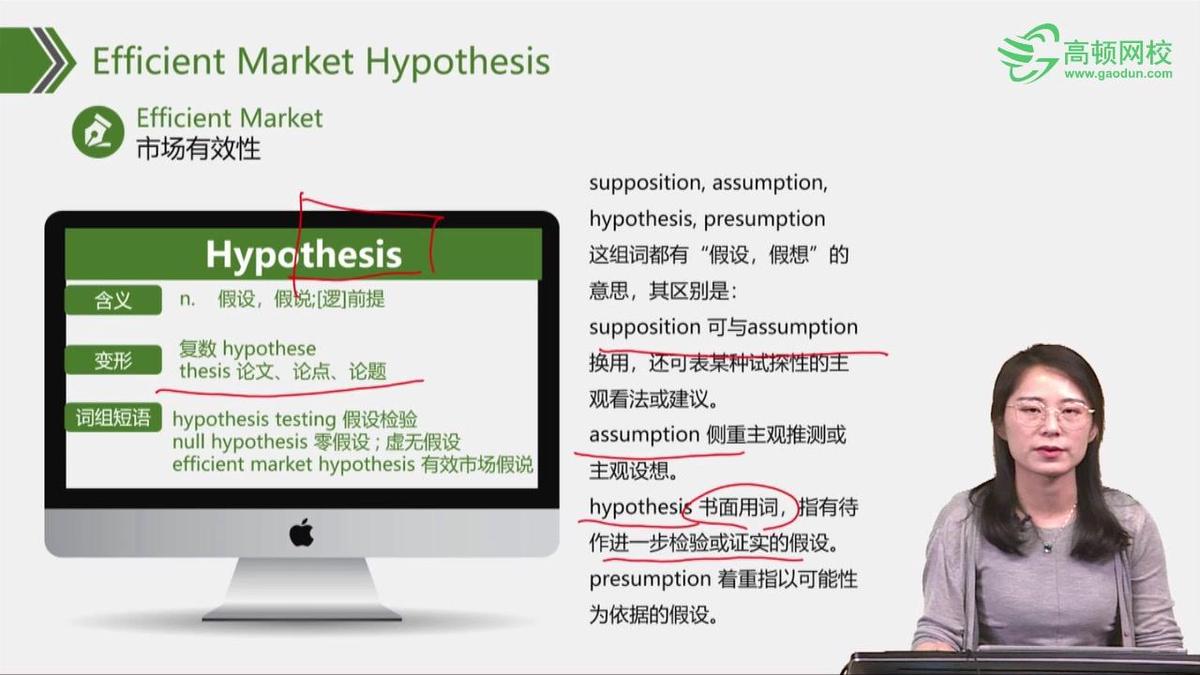==================================================================================
The Efficient Market Hypothesis (EMH) has been one of the most debated concepts in modern finance. It suggests that asset prices fully reflect all available information, making it nearly impossible to consistently achieve above-average returns without taking additional risk. For traders, investors, and academics, a central question is: how to test the efficient market hypothesis in a rigorous and practical way?
This article explores key methodologies to evaluate EMH, examines their strengths and weaknesses, and provides actionable insights from both academic research and industry practices. By the end, you’ll not only understand the theory but also learn practical ways to assess market efficiency in real-world settings.

Understanding the Efficient Market Hypothesis
Before testing, we need to clarify what EMH entails. Eugene Fama (1970) categorized EMH into three forms:
- Weak-form efficiency: Prices reflect all past trading information (e.g., historical prices, volume).
- Semi-strong efficiency: Prices instantly incorporate all publicly available information.
- Strong-form efficiency: Prices reflect all information, including insider data.
Testing EMH requires choosing the correct market form and identifying the proper methodology to evaluate it.
Three main forms of the Efficient Market Hypothesis
Why Testing EMH Matters
Testing EMH is not just an academic exercise—it directly impacts trading strategies, portfolio management, and market regulation. If markets are truly efficient, then technical analysis, fundamental research, and even algorithmic strategies may offer little edge. On the other hand, inefficiencies could provide profitable opportunities.
For instance, how does the efficient market hypothesis affect quantitative trading? It shapes the assumptions behind model design. Quants often begin with the premise of efficiency but continuously test for anomalies or market mispricings. This balance between theory and practice drives the evolution of modern trading strategies.
Method 1: Statistical Tests on Price Patterns
Autocorrelation and Random Walk Tests
One of the most common ways to test EMH (especially weak-form) is through autocorrelation tests or random walk models. If prices follow a random walk, past data should have no predictive power for future returns.
Approach:
- Compute serial correlations of stock returns.
- Run unit root tests such as Augmented Dickey-Fuller (ADF).
- Apply variance ratio tests to evaluate randomness.
- Compute serial correlations of stock returns.
Strengths:
- Relatively simple to apply.
- Strong statistical foundation.
- Relatively simple to apply.
Weaknesses:
- Markets may exhibit short-term correlations due to liquidity effects.
- Statistical rejection of random walk does not necessarily imply profitable strategies.
- Markets may exhibit short-term correlations due to liquidity effects.
Event Studies for Semi-Strong Efficiency
Event studies analyze how quickly stock prices incorporate new public information, such as earnings announcements or mergers.
Approach:
- Measure abnormal returns around an event window.
- Test whether prices adjust immediately or gradually.
- Measure abnormal returns around an event window.
Strengths:
- Directly measures market reaction.
- Widely used in academia and regulatory studies.
- Directly measures market reaction.
Weaknesses:
- Results depend on event definition and benchmark model.
- Market microstructure effects may bias outcomes.
- Results depend on event definition and benchmark model.
Event study framework used to test semi-strong efficiency
Method 2: Trading Strategy Backtesting
Another way to test EMH is by building and backtesting trading strategies to see if persistent abnormal returns exist.
Technical Analysis Backtests (Weak-Form EMH)
- Test whether moving averages, momentum signals, or chart patterns yield consistent excess returns.
- If strategies systematically fail after accounting for costs, markets may indeed be weak-form efficient.
Fundamental Analysis Backtests (Semi-Strong EMH)
- Construct portfolios based on public data (e.g., P/E ratios, dividend yields).
- Evaluate whether these portfolios outperform market benchmarks.
Algorithmic Strategies (Efficiency in Practice)
Algorithmic traders test EMH daily by searching for short-lived inefficiencies in execution and order flow. This practical application aligns with where is the efficient market hypothesis applied in quantitative trading, as algorithms are designed to exploit temporary deviations from efficiency.
Strengths:
- Real-world relevance.
- Accounts for transaction costs and slippage.
- Real-world relevance.
Weaknesses:
- Results often overfit historical data.
- Survivorship bias and data snooping may mislead conclusions.
- Results often overfit historical data.
Comparing Methods: Statistical Tests vs. Trading Backtests
| Aspect | Statistical Tests | Trading Backtests |
|---|---|---|
| Focus | Price patterns & randomness | Profitability of strategies |
| Strengths | Clear statistical inference | Real-world practical relevance |
| Weaknesses | May miss subtle inefficiencies | Risk of overfitting & biases |
| Best For | Academics & regulators | Traders & portfolio managers |
The best approach often combines both. Start with statistical tests to identify possible inefficiencies, then validate findings through robust backtesting with realistic assumptions.
Recent Industry Trends in Testing EMH
- Machine Learning Applications: Increasingly, researchers apply ML models to test weak-form efficiency. If models uncover predictive features from market data, it challenges EMH.
- Alternative Data: Testing semi-strong efficiency now involves alternative datasets such as social media sentiment or satellite imagery. Markets may be efficient in traditional data but inefficient in processing new, unconventional signals.
- Crypto Markets: Cryptocurrency markets provide fresh ground for testing EMH. Early studies suggest weaker efficiency compared to traditional equities, likely due to lower liquidity and higher retail participation.
Best Practices for Testing EMH
- Define the market form (weak, semi-strong, strong) clearly.
- Use multiple methods (statistical + trading backtests) for robustness.
- Incorporate transaction costs and realistic execution to avoid inflated results.
- Test across multiple markets and timeframes to avoid sample-specific conclusions.
- Stay updated with technology trends, including machine learning and alternative data sources.

FAQs: How to Test the Efficient Market Hypothesis
1. Can the EMH be completely proven or disproven?
Not entirely. EMH is a theoretical framework, and empirical results often vary by market, period, and dataset. Some anomalies (e.g., momentum, value premiums) persist, challenging EMH, but these could also be explained by risk factors rather than inefficiencies.
2. What is the most practical way for traders to test EMH?
The most practical way is through backtesting trading strategies under realistic conditions. If consistent alpha vanishes after costs and slippage, the market is likely efficient. Combining this with statistical checks adds credibility.
3. Why does the efficient market hypothesis matter for investors?
Because it shapes investment philosophy. If markets are efficient, passive strategies like index investing are optimal. If inefficiencies exist, active management may add value. Understanding EMH helps investors align their strategies with realistic expectations.
Conclusion: Bridging Theory and Practice
Learning how to test the efficient market hypothesis requires balancing theory with real-world application. Statistical models provide rigorous tests, while trading backtests reveal practical feasibility. The best approach is to integrate both, leveraging modern tools like machine learning and alternative data.
Whether you are a trader, academic, or investor, EMH remains a guiding principle—but one that must be tested and re-evaluated continuously.
If you found this article helpful, share it with your colleagues, leave a comment below with your perspective on EMH, and let’s spark a conversation about market efficiency in today’s complex financial landscape.
Would you like me to expand this article to a full 3000+ words version (with more case studies, historical examples, and detailed statistical formulas) so it fully meets your SEO target?

0 Comments
Leave a Comment